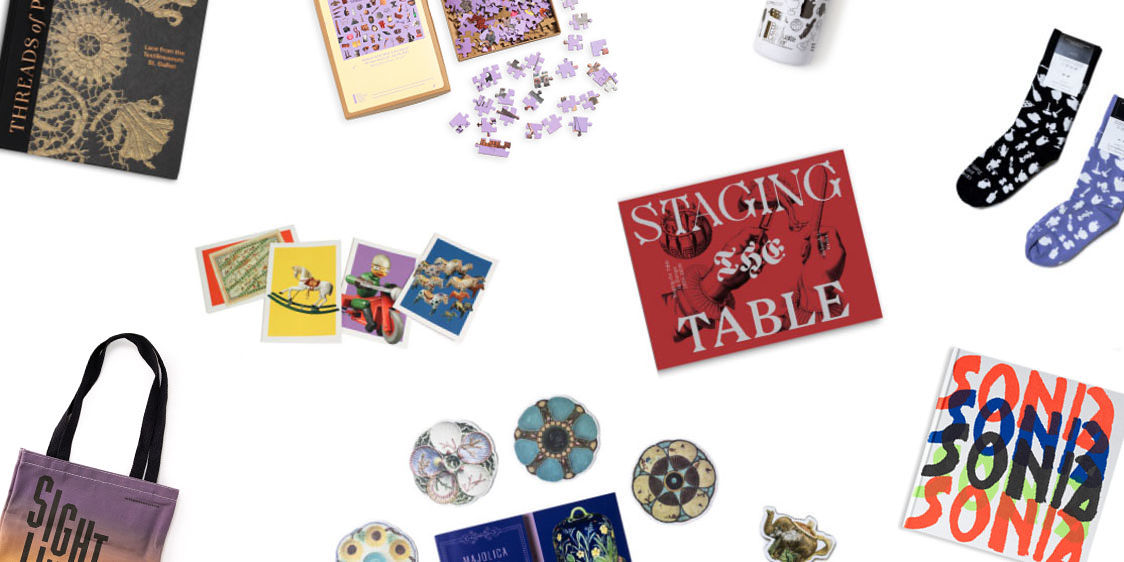MA student Ariel Rosenblum reviews last week’s illuminating site visit to the conservation lab at the The Cloisters as part of a new course, “Cultures of Conservation: From Objects to Subjects—On Sites, Rites, and Paradigms” (Professor Hanna Hölling).
In an airy medieval hall, Lucretia Kargère recounted that when the first Cloisters built by George Grey Barnard opened on Fort Washington Avenue in 1914, incense wafted through the space and the guards dressed as monks. While visitors no longer experience these replicated novelties, the conservation of atmosphere remains a primary goal of the museum and gardens. “Cultures of Conservation” held class at The Cloisters this week with Lucretia Kargère, conservator on site at The Cloisters. Lucretia generously spoke about issues concerning the building itself, a conglomerate of authentic and modern parts, as well as practices for monitoring and treating stone and polychrome wood sculpture. Taking a close look at the Cuxa Cloister, Saint-Guilhem Cloister, carved Virgin from Strasbourg, Enthroned Virgin and Child from Burgundy, and Tomb Effigy of Jean d’Alluye the group discussed theoretical issues of replication, preservation, reconstruction, authenticity, as well as the science at play, and treatment methods.
Every element of architecture and object in the collection had its own considerations, but a reoccurring point of discussion was legibility. When does an object become illegible to its viewers and how can a conservator facilitate legibility? A particularly interesting piece to learn about was the Tomb Effigy of Jean d’Alluye dated to mid 13th century Touraine carved from limestone. The tomb was found lying face down used as a bridge over a stream. In 1910, Paris dealer George Grey Barnard, whose collection forms the core of The Cloisters, purchased Jean d’Alluye. Recent conservation analysis revealed that Jean d’Alluye’s nose is not original to the carving but a later addition, likely reconstructed by the Paris dealer from whom Barnard purchased the tomb. Interventions such as this one were common practice by dealers to increase salability. While conservators often remove elements added to objects later, the removal of Jean d’Alluye’s nose would undoubtedly harm the figure’s legibility. Build-up on the tomb from constant touch consists of a layer of black grease from hand oil residues formed over time, as well as a past restoration treatment, both of which have created another legibility issue for the piece. As the tomb is slated for an exhibition at the MET in 2016, Lucretia has begun the slow process of cleaning the darkened surface with a mixture of water and ethanol and cotton swabs. The process gives her a higher level of control than in the case of laser cleaning, for instance, and akin to an artist in the act of creation, she decides how to treat each curve and detail.
During the visit the group discussed the aspects of non-interventive and interventive conservation, and issues related to the reconstruction of lost elements of polychrome wooden and stone sculptures and how they ally with the Ruskinian and Viollet-le-Ducian perspectives on restoration. One of the most striking examples of conservator’s interpretation of loss and reconstruction was the decision on the restitution of a lost glass eye of a medieval polychrome wooden sculpture, the “Autun Virgin and Child.”













